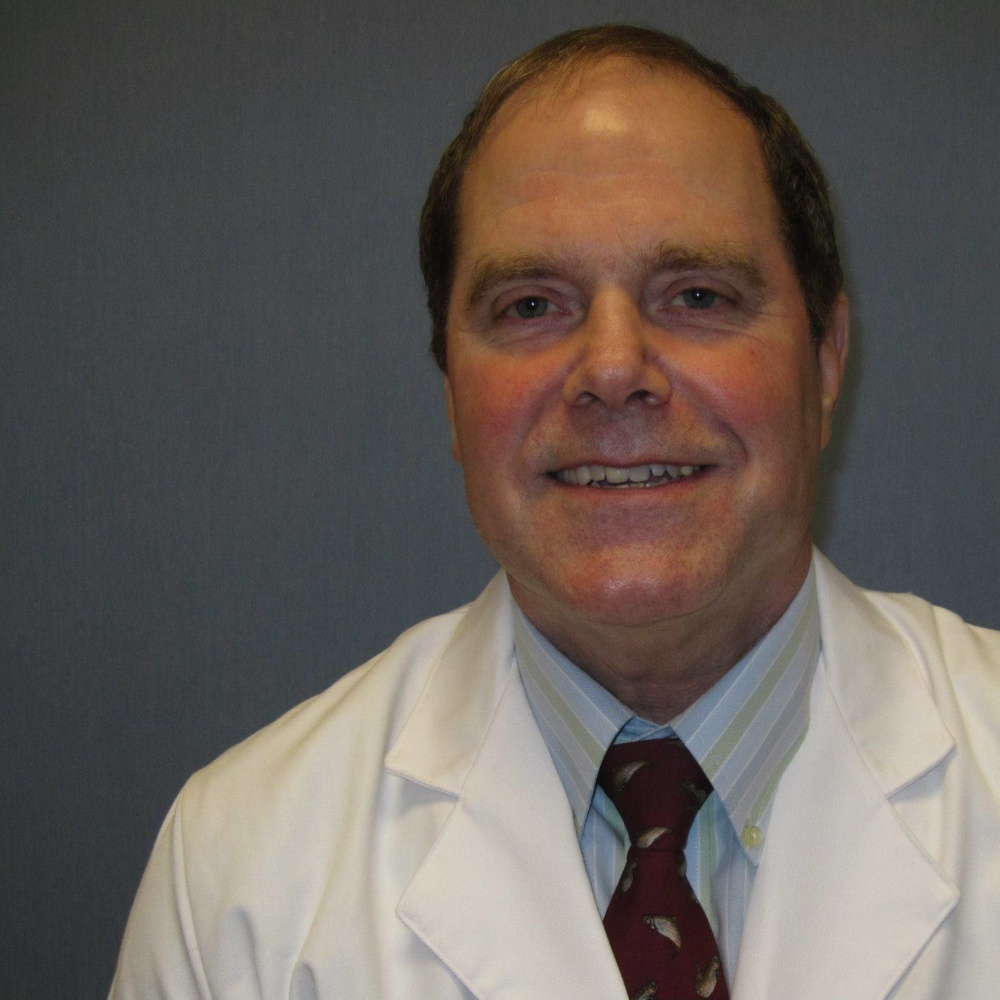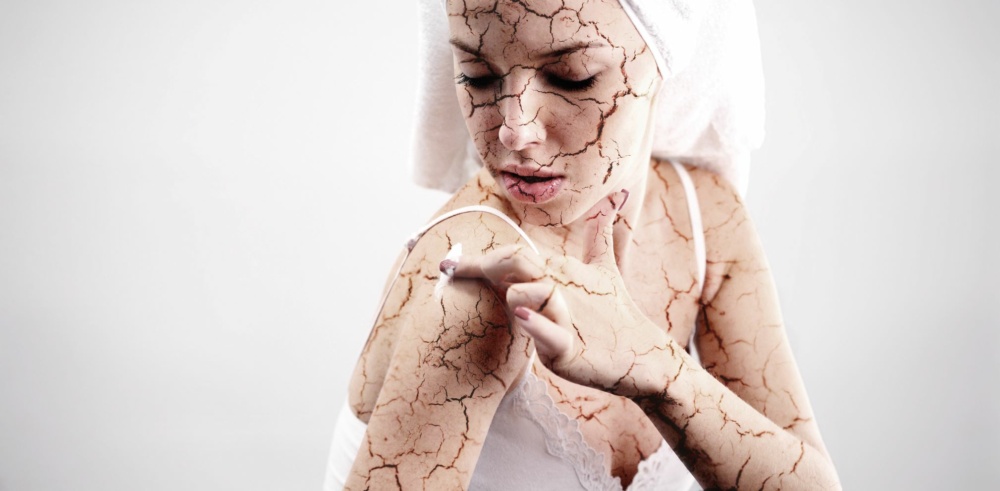Restoring Facial Volume: Fat Grafting vs. Fillers
By Marc T. Taylor, MD
Facial rejuvenation has taken many paths over the years. Although initially limited to various face lift and other surgical procedures, deep chemical “peels” and dermabrasion (superficial sanding) of wrinkles became very popular several decades ago. With the advent of lasers that provided safer and better controlled skin resurfacing collagen (elastin) stimulation, a new era began. With time there have been numerous technological advances in laser and other electrical devices so that today there are many options available to treat the superficial and collagen layers of the skin.
Along with these improvements, plastic surgeons have also gained greater knowledge and understanding of the facial aging process and how, as we age, fat atrophy occurs in specific regions of the face, resulting in “stereotypical architectural changes,” which of course are commonly referred to as “looking old.” Plastic surgeons can now add “volume” back to those areas to fill and to refresh the face. In order to achieve a youthful but natural appearance for patients, I use a combination of laser resurfacing and tightening, as well as volume restoration. Ultimately, when the battle of gravity versus skin plays out over time, surgical repositioning is required.
What are the available filler options?
One option for facial volume restoration is what I call “off-the-shelf materials” such as hyaluronic acid—in various structural manifestations (Restylane, Juvederm)—as a direct filler. Another option is a polymer of lactic acid (Sculptra), which acts as an inflammatory material inducing collagen synthesis to create tissue volume over time. The off-the-shelf fillers are administered in the office. These are safe, give good results in most people, and only have minimal swelling and bruising after the injections. The disadvantage of these fillers is that treatment of large volume losses or treatment of many different areas can be very expensive, and depending on the area(s) treated, results only last six months to a maximum of two years.
Fat grafting, using your own natural fat, is another source of filler material to restore volume to the face. I perform the procedure using only local injections or combining oral sedation with the local anesthetic injections. The fat is easily harvested from the abdomen or the thighs using a gentle form of “mini” liposuctioning. The fat then requires a minimal amount of immediate processing, which is then followed by immediate injection using specially designed tiny, blunt cannulas (thin tubes) to place the fat cells into the tissues.
The advantage of using fat is that once it develops a good blood supply, the fat that remains is permanent, and the appearance is as good as with manufactured materials. Furthermore, there is good research to show that peripheral stem cells may direct cellular differentiation in some individuals leading to improved overall skin quality. Although some people might require more than one fat injection to an area to obtain the desired filling effect, fat is much cheaper in the long run than repeated injections using the manufactured fillers.
The disadvantage of using fat is that it requires a “surgery” to harvest and to inject the fat. As a result, it takes approximately one to two hours to perform. Also, as with any surgery the liposuctioned areas and injected areas require post-surgery care, and there will be some degree of swelling, tenderness, and bruising in the areas. Although most bruising and swelling is down in a few days, in some individuals it can take 1-2 weeks for it to resolve.

Give us a call at 210-305-5797 or visit www.marctaylormd.com to learn more or to make an appointment to see Dr. Taylor. At your appointment, Dr. Taylor will examine you and discuss what he thinks are your best facial rejuvenation options.





Recent Comments